
Transitioning, Leadership & Personal Growth
Transitioning, Leadership & Personal Growth

To unlock this feature and to subscribe to our weekly evidence emails, please create a FREE OrthoEvidence account
Already have an account? Click here
DISCLAIMER:
This podcast is for informational purposes only and is not intended to be a substitute for professional medical advice, diagnosis, or treatment. If you require medical treatment, always seek the advice of your physician or go to your nearest emergency department.
The opinions, beliefs, and viewpoints expressed by the individuals on this podcast do not reflect the opinions, beliefs, and viewpoints of OrthoEvidence.
OE Sports Medicine Update
Host:
Mohit Bhandari, MD, PhD, FRCSC
Editor-in-Chief, OrthoEvidence
Guest:
Prof. Femi Ayeni, MD, PhD, FRCSC
Academic Division Head: Orthopaedic Surgery
Department of Surgery
McMaster University
PERSPECTIVES
Drs. Ayeni and Bhandari talked about the trending topics in sports medicine, recent publications to read and the research questions yet to be answered. Our discussion uncovered 3 core themes. These themes and their supporting insights are highlighted below.
1. Trending topics: role of hip preservation, remote education using virtual approaches, and biologics in surgery.
Dr. Ayeni regards the concept of joint preservation as a trending topic in sports medicine. Total hip replacement has been widely used since its inception in the middle of last century. Currently, surgeons are using more clinical data to investigate the role of hip preservation and the consequential patient outcomes. There has been an increasing interest in research on hip preservation with doubling academic productivity every three to five years. Dr. Ayeni and colleagues are working together to produce high-quality evidence on this topic.

For hip fractures, it’s the same way. Fixation retaining the natural anatomy of the hip was such an important principle decades ago. However, popularization of hip replacement led to a pendulum swing away from fixation. I think the pendulum is once again swinging back to hip preservation.
Dr. Bhandari
In Dr. Ayeni’s opinion, the COVID-19 pandemic has driven up the adoption of virtual training and virtual meetings. Remote education and its applications will continue to be a trending topic in sports medicine. Research on the potential beneficial role of biologic technology in surgery such as cartilage restoration and soft tissue augmentation is also a trending topic.
2. Arthroscopic osteochondroplasty is beneficial for young adults with femoroacetabular impingement.
Dr. Ayeni shared his research that could be of interest to orthopedic surgeons. Femoroacetabular Impingement Randomized Controlled Trial (FIRST) found that for young adults diagnosed with nonarthritic femoroacetabular impingement (FAI), correcting the impingement and correcting any soft tissue damage improved patients’ hip function and quality of life at 1 year. Osteochondroplasty with or without labral repair was associated with a lower rate of reoperation at 2 years, compared with arthroscopic lavage.
Dr. Ayeni believes that the FIRST study helps clinicians understand the natural history of a patients' condition after FAI correction surgery, as well as the patients who did not receive a correcting FAI surgery. The study provides evidence in managing the hip condition of the young adults with FAI. It is the first trial in publication associated with this research topic.
Article recommended by Dr. Ayeni
Femoroacetabular Impingement Randomized Controlled Trial (FIRST) Investigators, Ayeni OR, Karlsson J, Heels-Ansdell D, Thabane L, Musahl V, Simunovic N, Duong A, Bhandari M, Bedi A, Järvinen T, Naudie D, Seppänen M, Slobogean G, Skelly M, Shanmugaraj A, Crouch S, Sprague S, Buckingham L, Ramsay T, Lee J, Kousa P, Carsen S, Choudur H, Sim Y, Johnston K, Sprague S, Wong I, Murphy R, Sparavalo S, Whelan D, Khan R, Wood GCA, Howells F, Grant H, Naudie D, Zomar B, Pollock M, Willits K, Firth A, Wanlin S, Remtulla A, Kaniki N, Belzile EL, Turmel S, Jørgensen U, Gam-Pedersen A, Hatanpää T, Sihvonen R, Raivio M, Toivonen P, Routapohja MP. Osteochondroplasty and Labral Repair for the Treatment of Young Adults With Femoroacetabular Impingement: A Randomized Controlled Trial. Am J Sports Med. 2021 Jan;49(1):25-34. doi: 10.1177/0363546520952804. Epub 2020 Sep 24. PMID: 32970955.
3. Global collaboration is important in large trials.
Patients in the FIRST trial were recruited from multiple countries and study sites including Denmark, Finland and Canada. Dr. Ayeni shared that there were co-investigators and adjudicators from the United States and other European countries also involved in the trial, and it was important to have such global collaboration.

Having a team-based approach to solve big problems is important. And addressing problems that we all find commonly in orthopedics is important. It (FAI in young adults) was a common problem, increasingly recognized, and we worked together as a global group and figured out what works and what doesn't work. Beyond just the hard data, the concept of really working together to solve big problems is probably as much of an important piece of it for me.
Dr. Ayeni
Questions and Answers:
Dr. Bhandari: In your opinion, what are some of the questions yet to be answered?
Dr. Femi Ayeni: Our group is aiming to have a comprehensive understanding of the natural history of FAI development by monitoring 12- to 14-year-olds with a wrist-mounted tracker for activity and clinical evaluations at certain points of time (the PREVIEW study). We are going to evaluate what is happening in the adolescent hip during the critical developmental age. And then moving forward to the aging hip, we are going to investigate the effects of a biological scaffold in surgeries treating cartilage damage in FAI.
Dr. Bhandari: In sports medicine broadly, do you think the next frontier is going to be big data or a biological era?
Dr. Femi Ayeni: I would say that biologics are quite complex. Trying to understand their mechanisms will still be investigated. I do think big data is where we're headed. I also think that there is a concept of individualization in surgery and in sports medicine. Individualization of choosing what’s best for a patient, guided by big data (a lot of information that we have on the backend), is where we're going to try and land.
SENSE-MAKING
Dr. Ayeni shared updates on the trending topics in sports medicine across three main areas: the role of hip preservation and possibility of switching back to this approach from the prevalent total hip replacement, remote education using virtual approaches, and biologics in surgery. Dr. Ayeni recommended an important paper to read, the recently published FIRST trial that evaluated effects of osteochondroplasty among the young adults with FAI. Dr. Ayeni and the team are working on evaluation of a natural history of FAI development by tracking adolescent activity and role of a biological scaffold for cartilage fixation in FAI.
How to Cite:
OrthoEvidence & Femi Ayeni. OE Sports Medicine Update. OrthoPod Perspectives. 2021;2(1):2.




 LOGIN
LOGIN
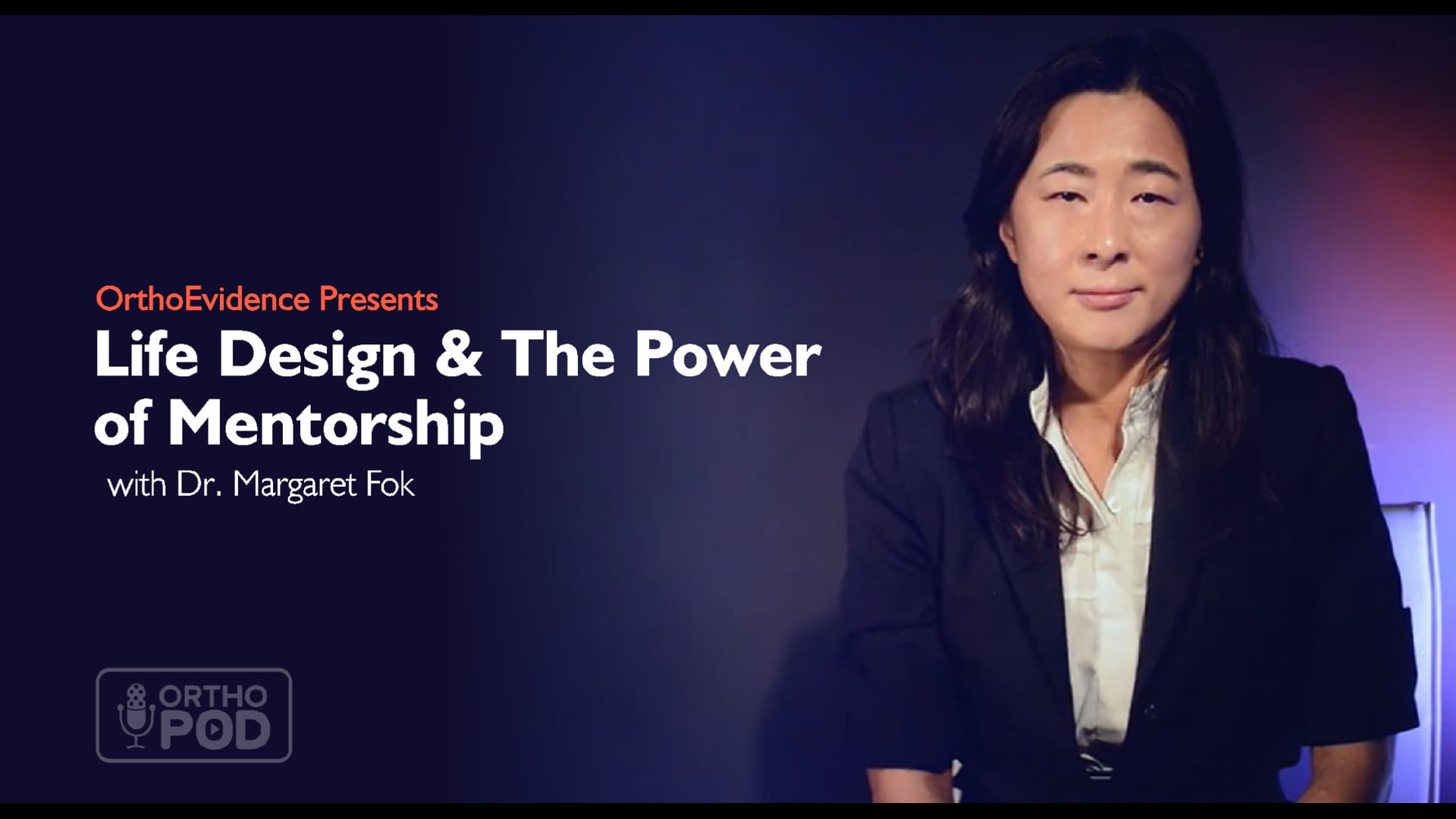

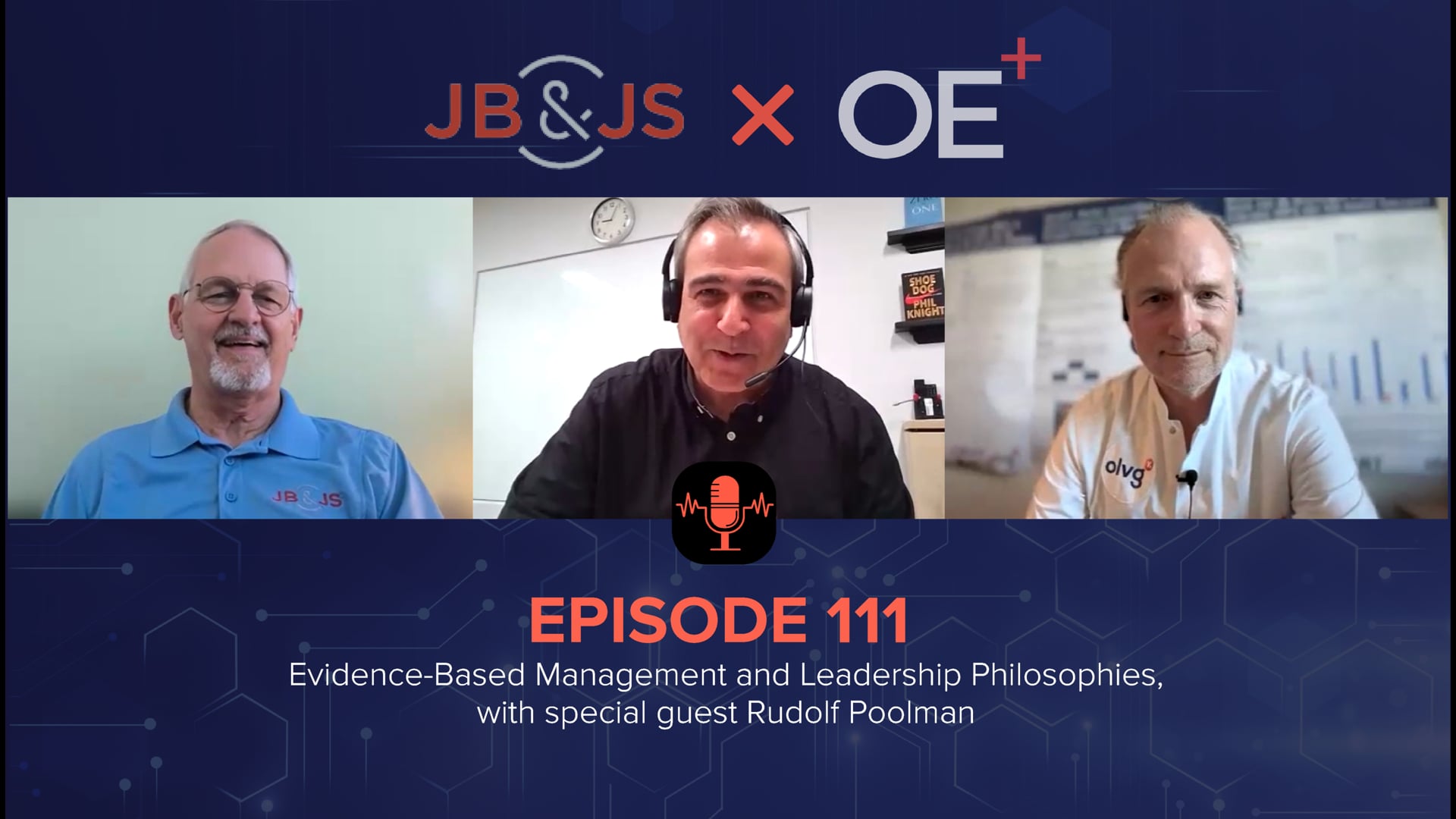
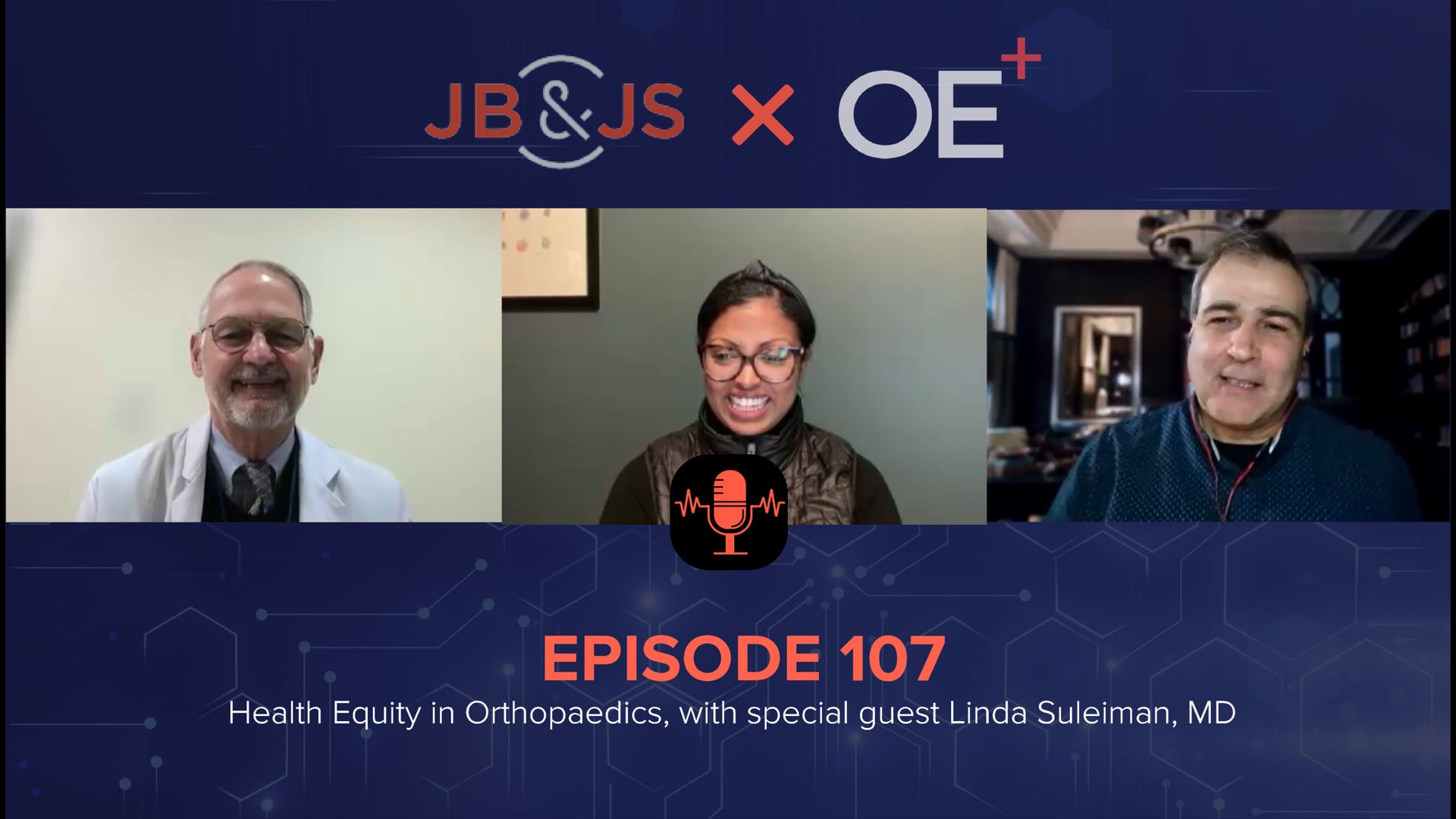
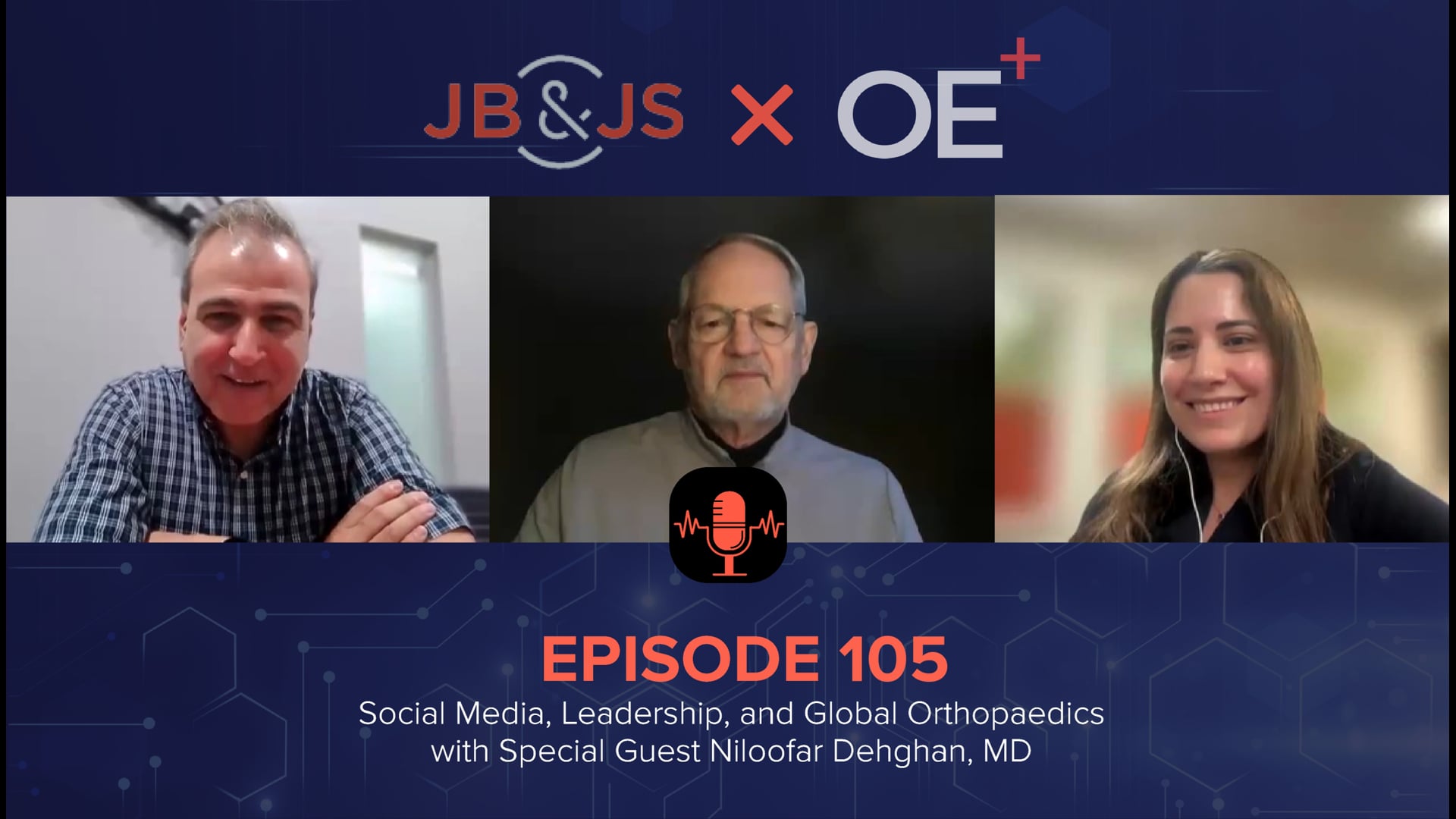
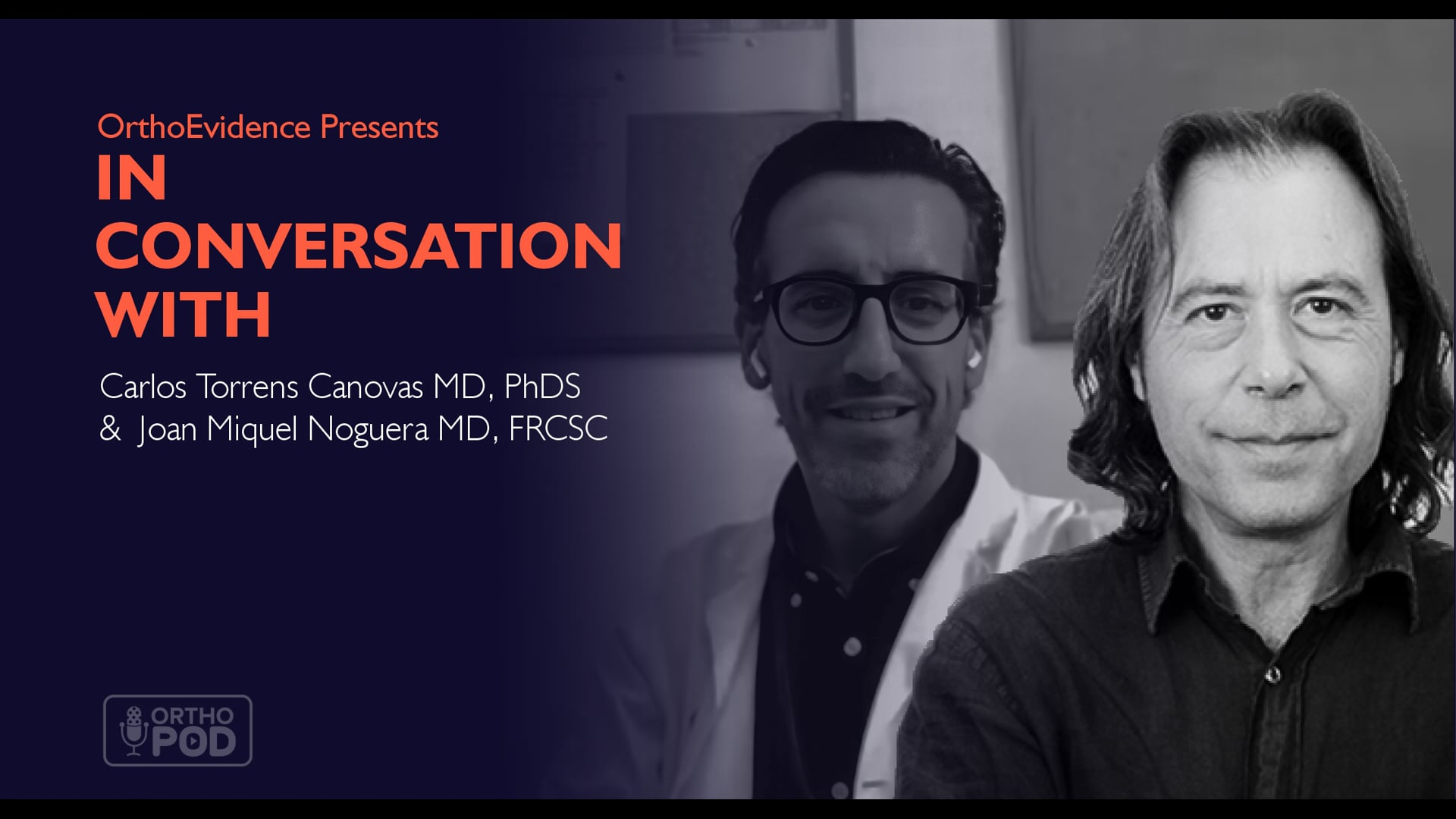
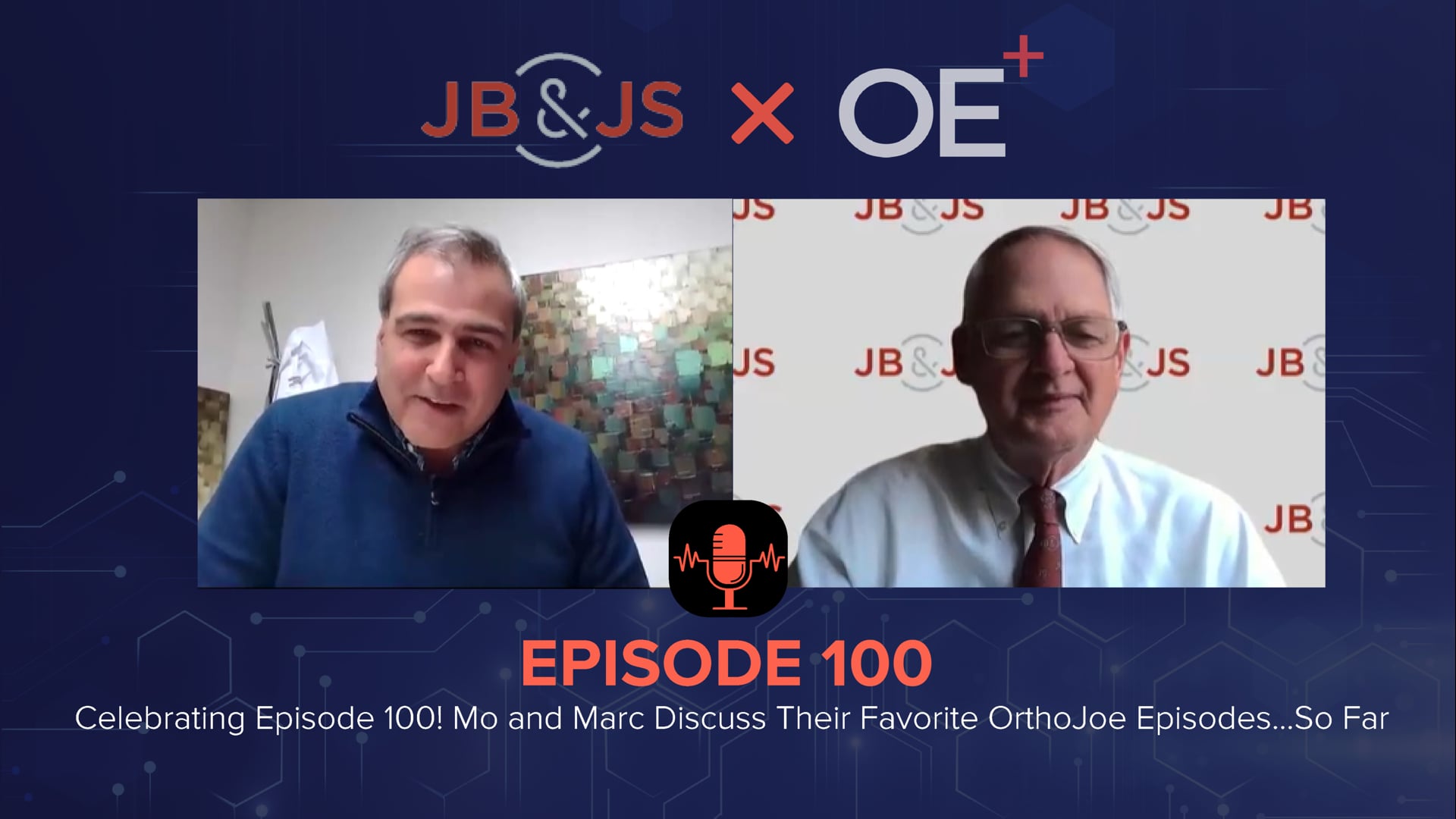
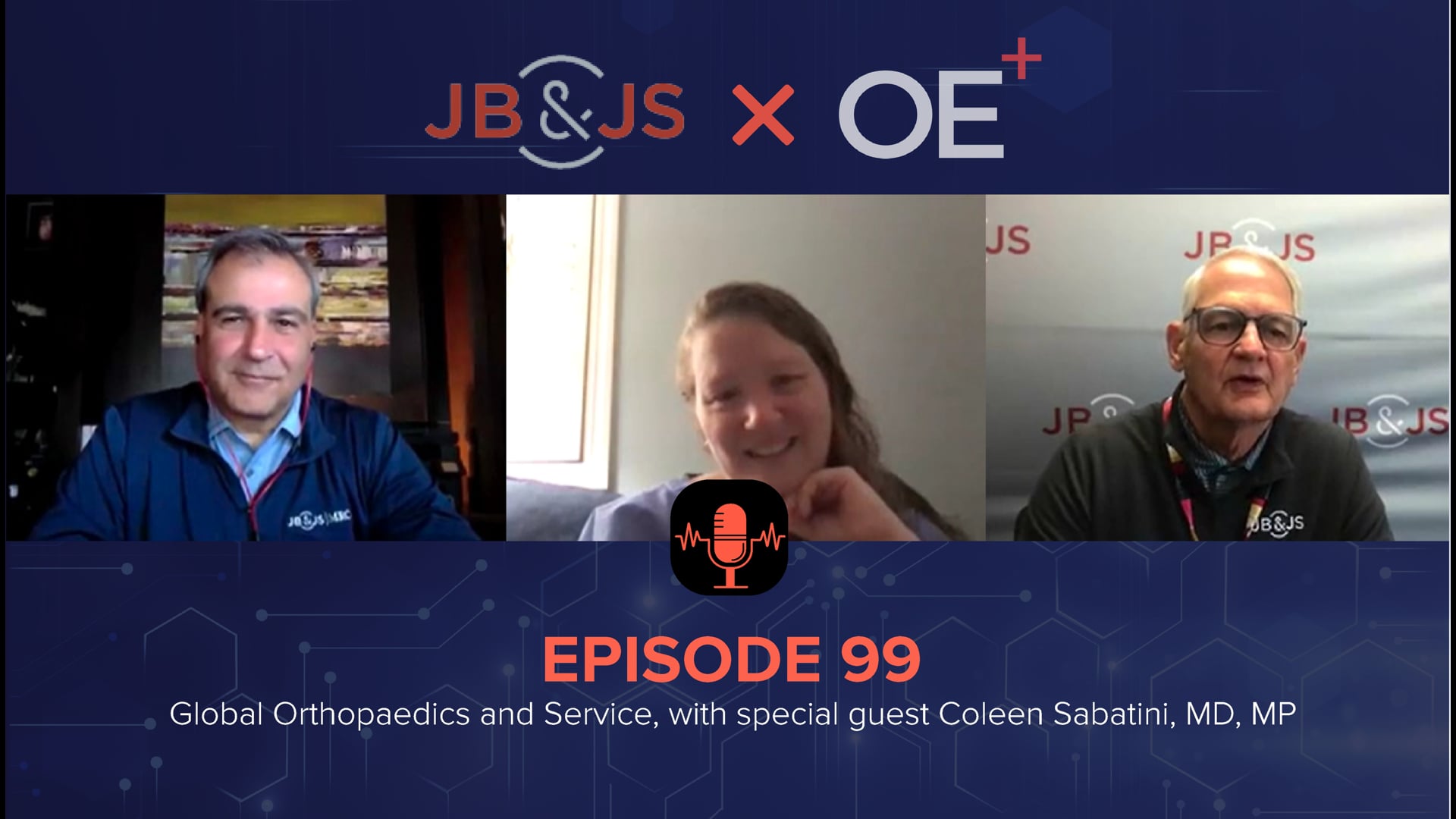
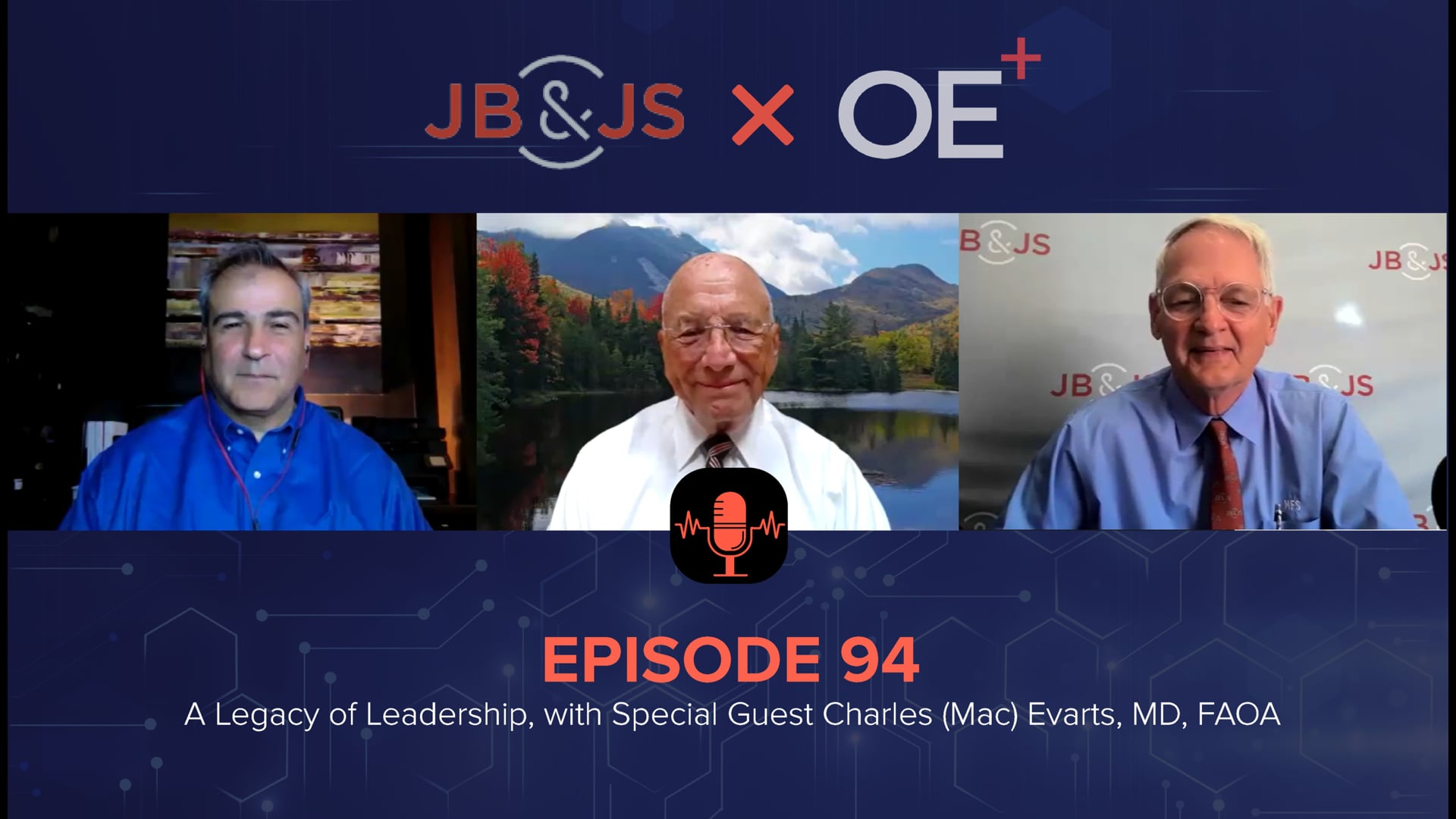
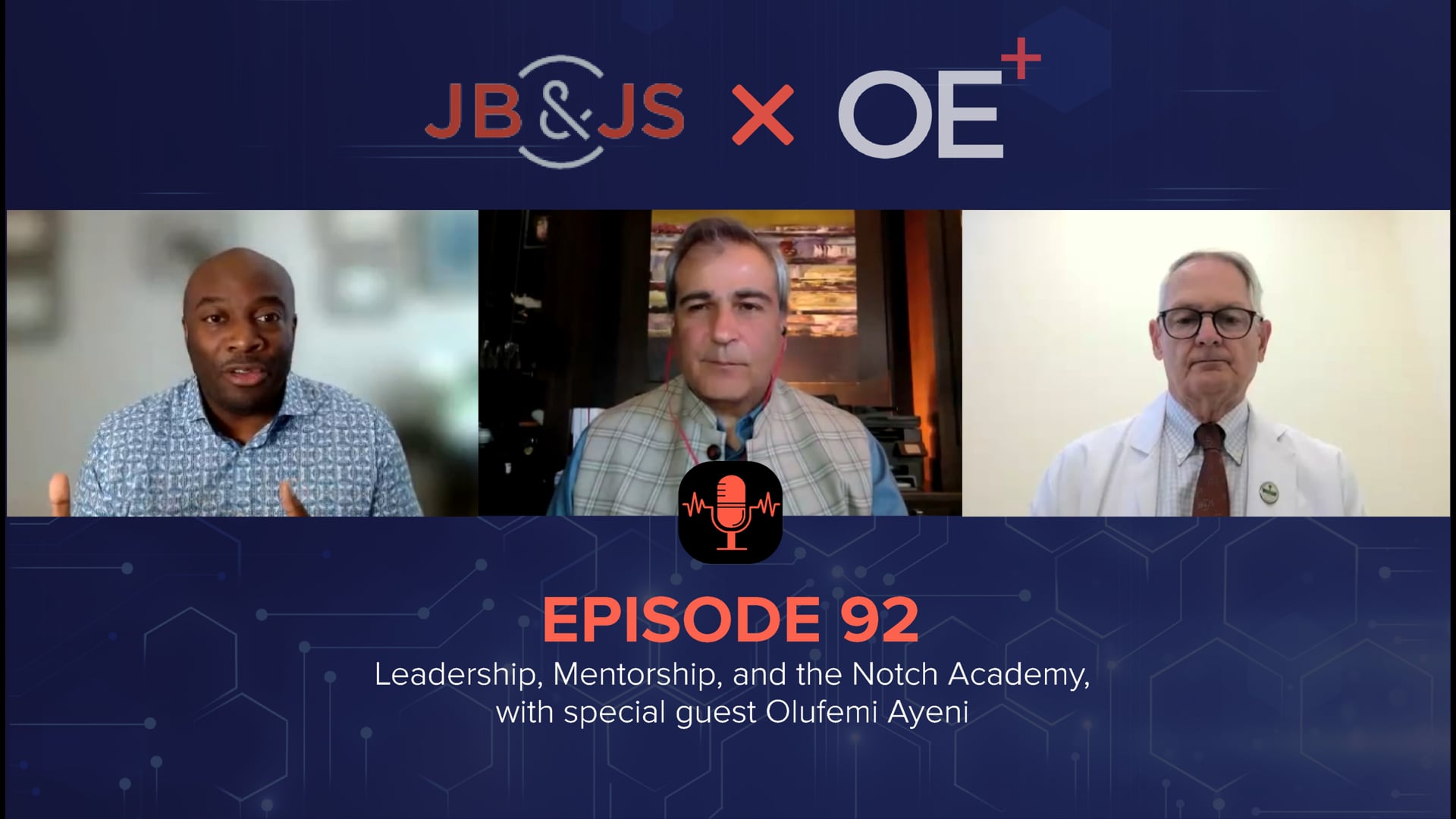
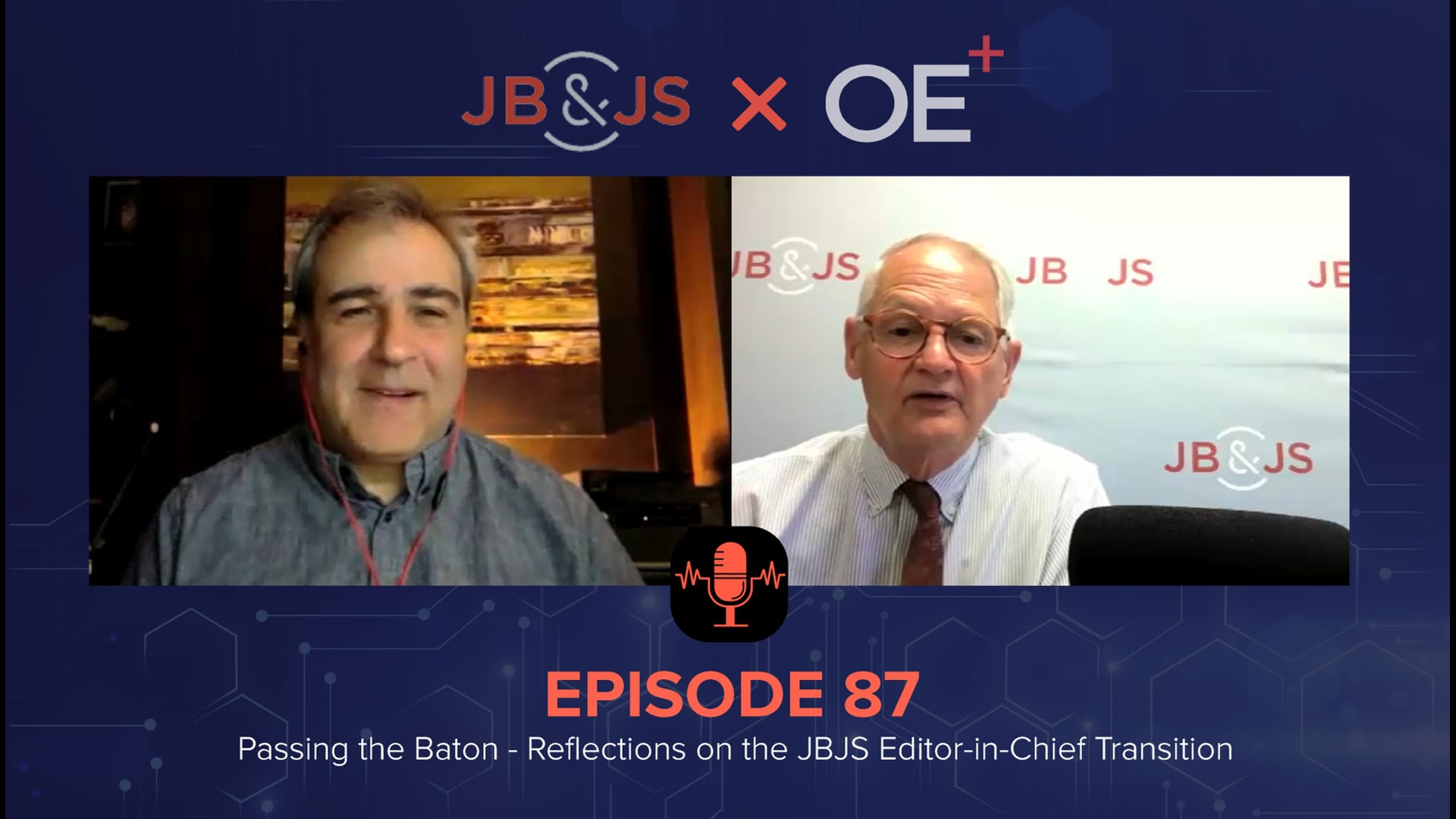
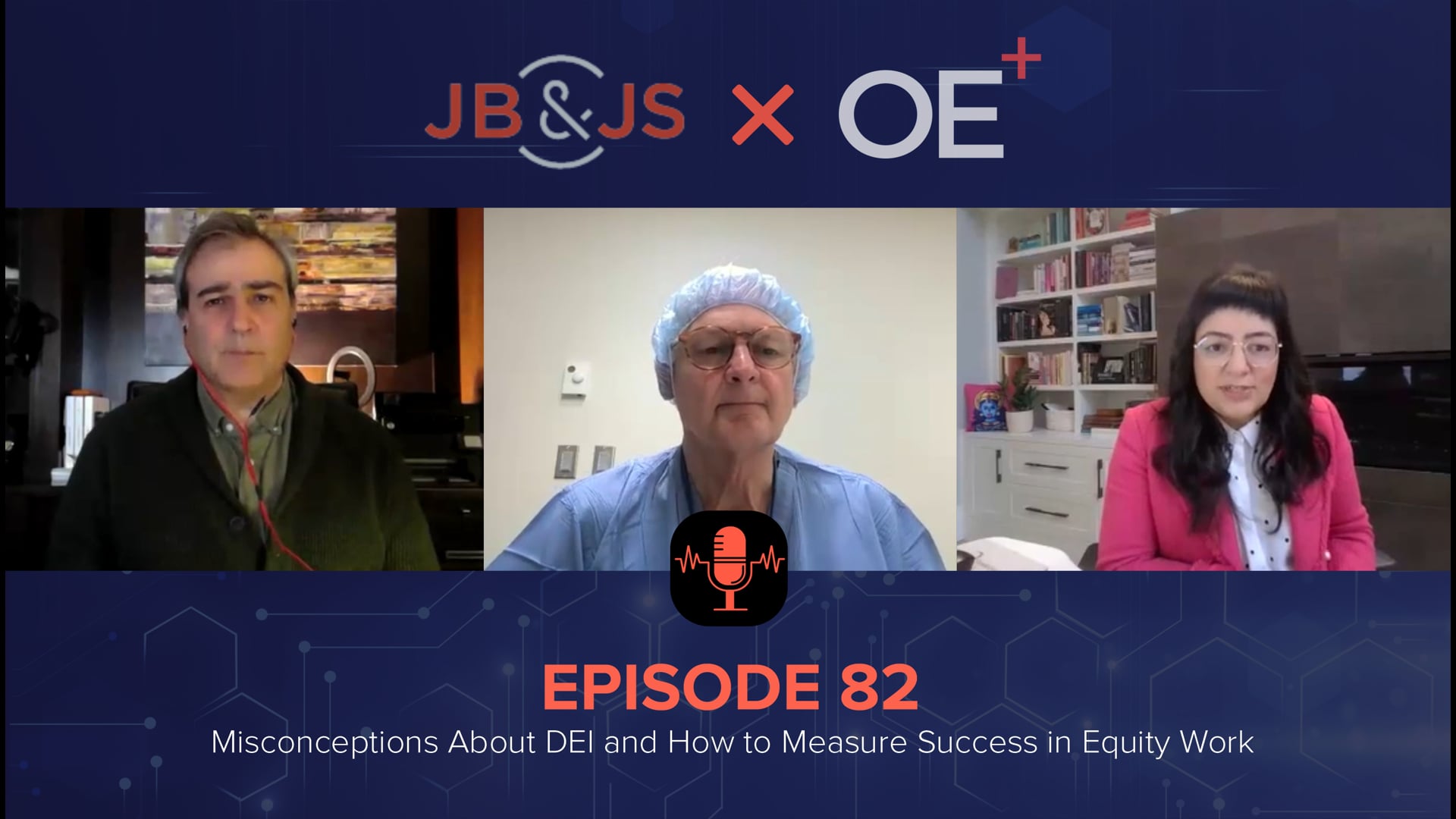
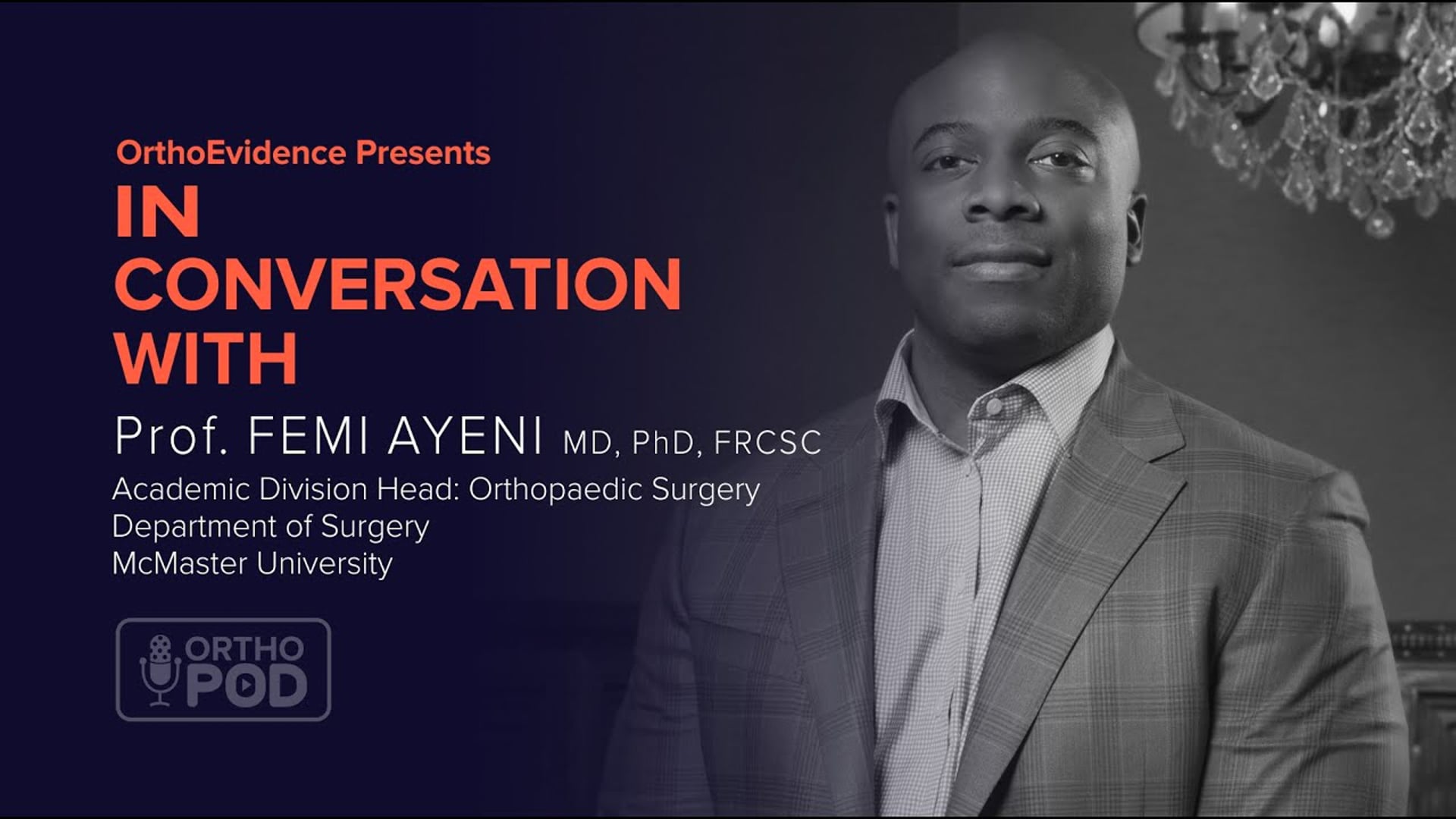
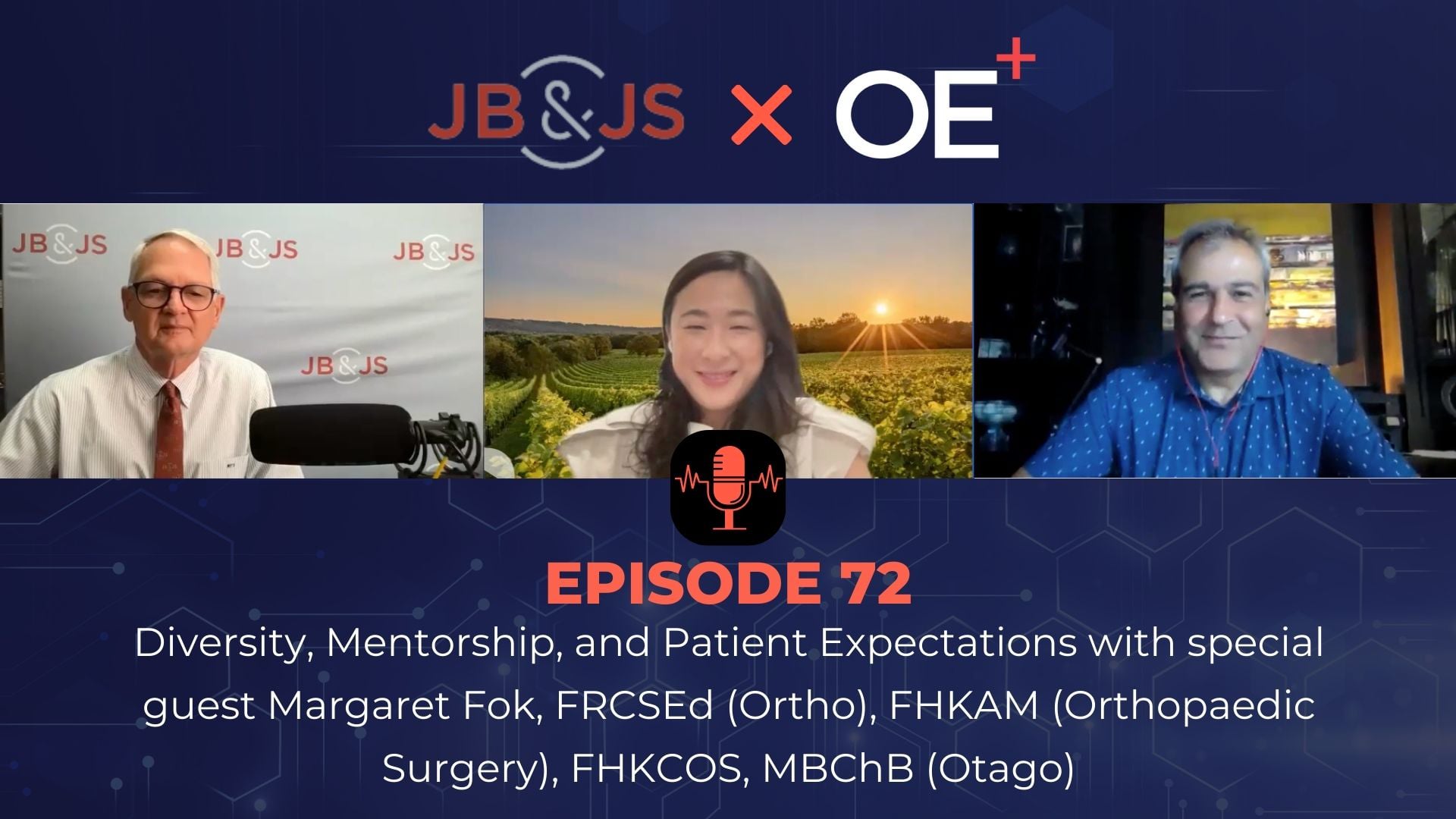
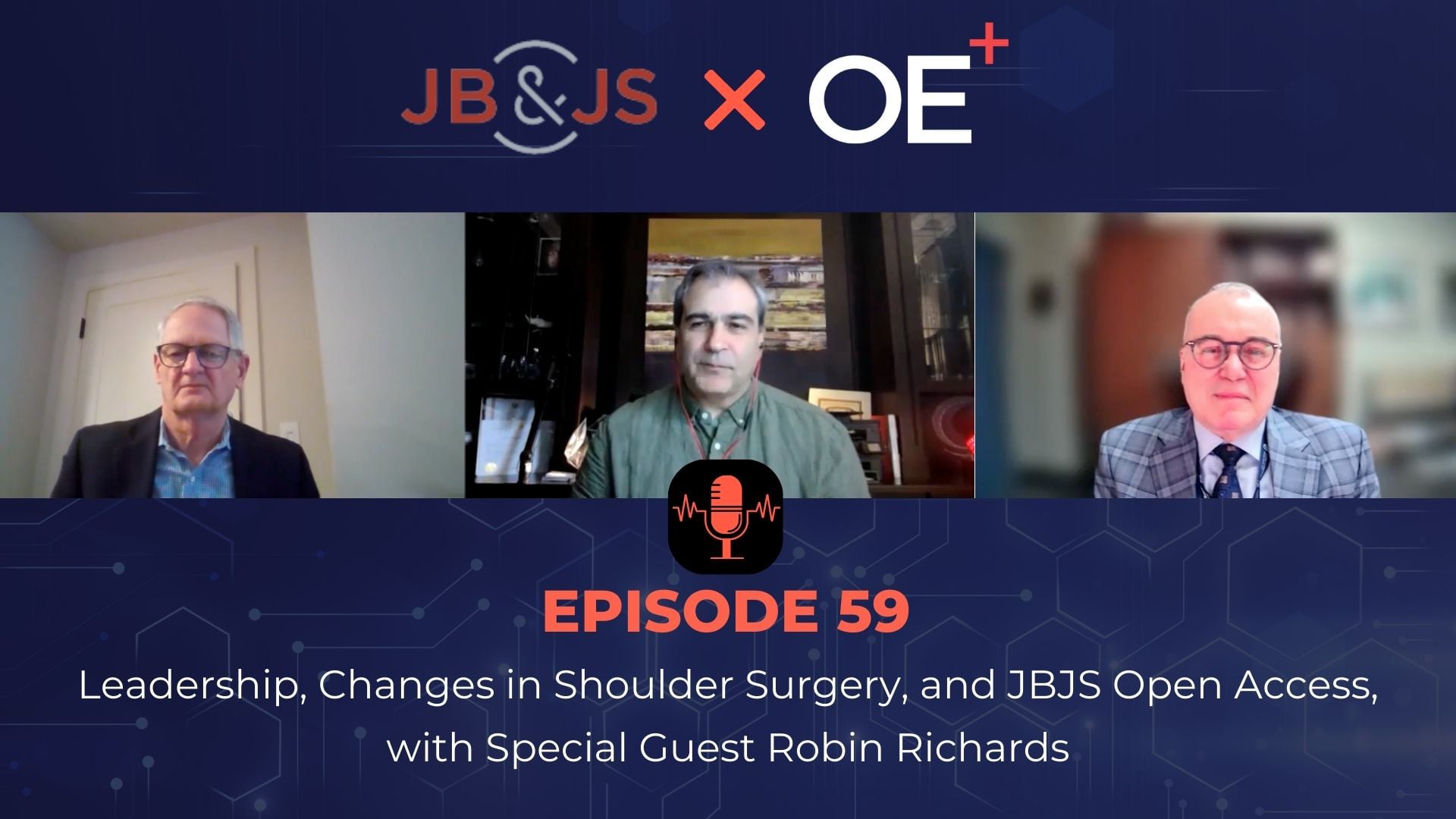
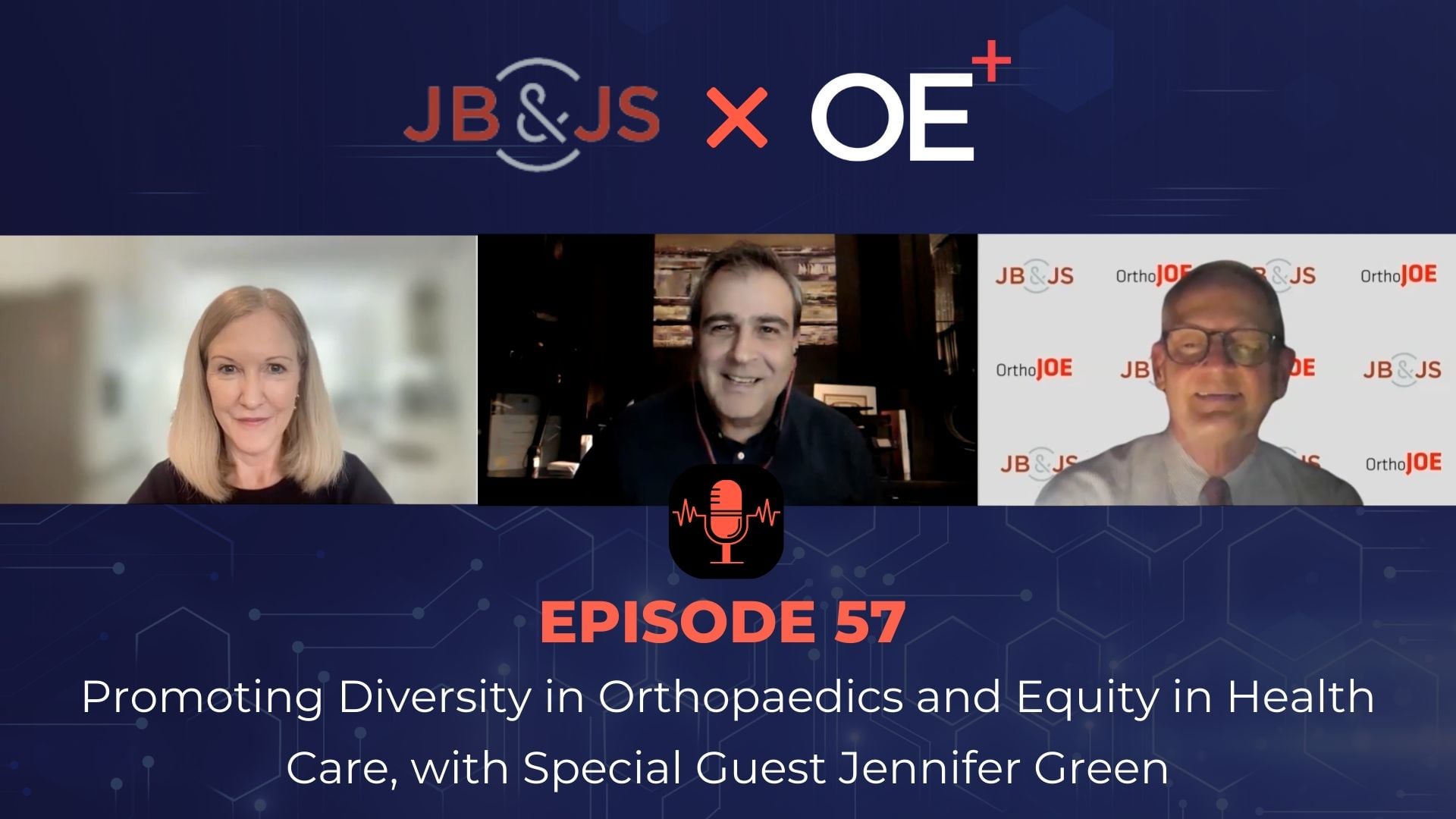
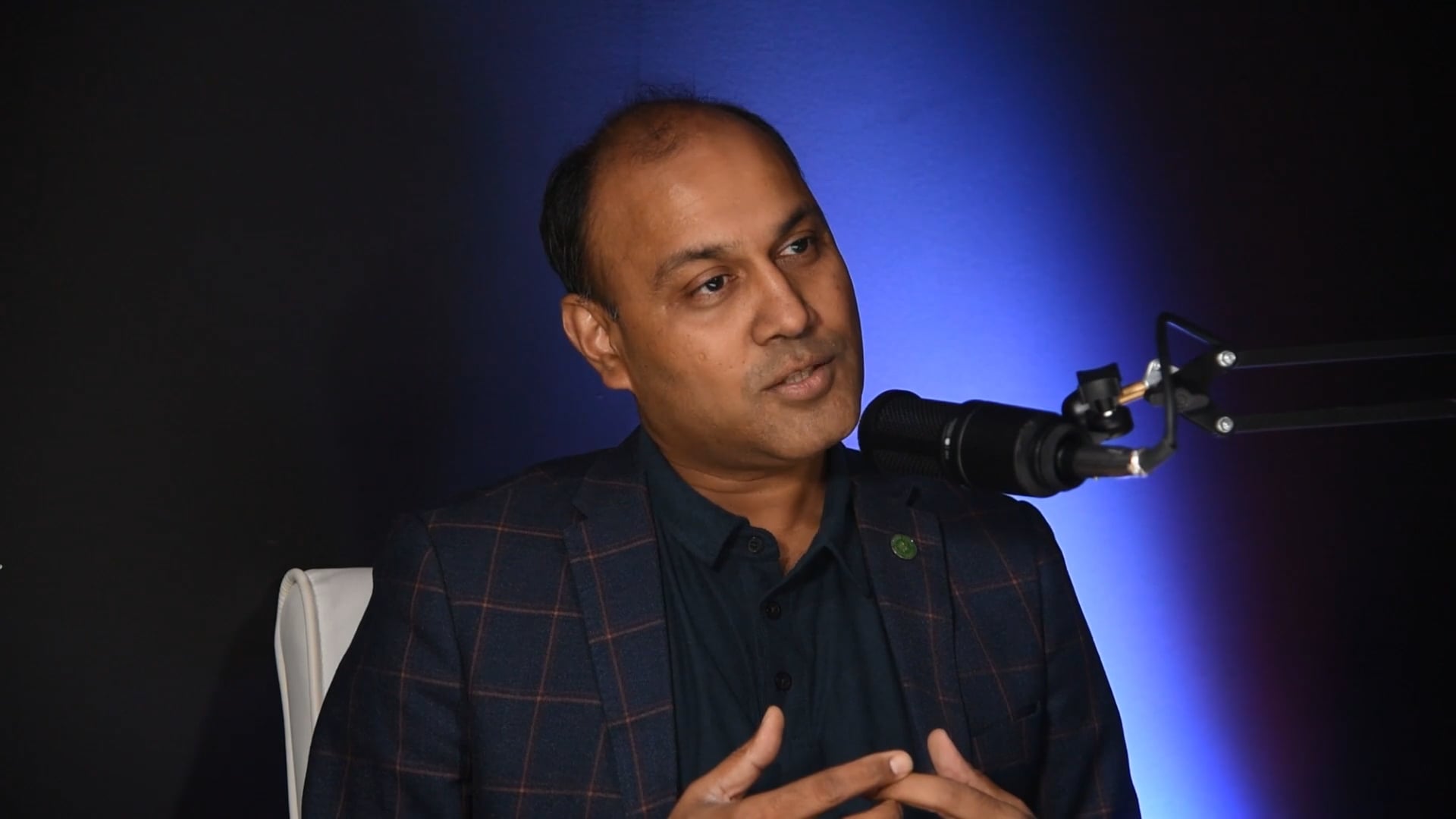



Please Login or Join to leave comments.
Orthopaedic Surgeon - Yemen
Huge thanks to Dr Petrisor for advices through his creative journey in orthopedic pathway and prestigious honor